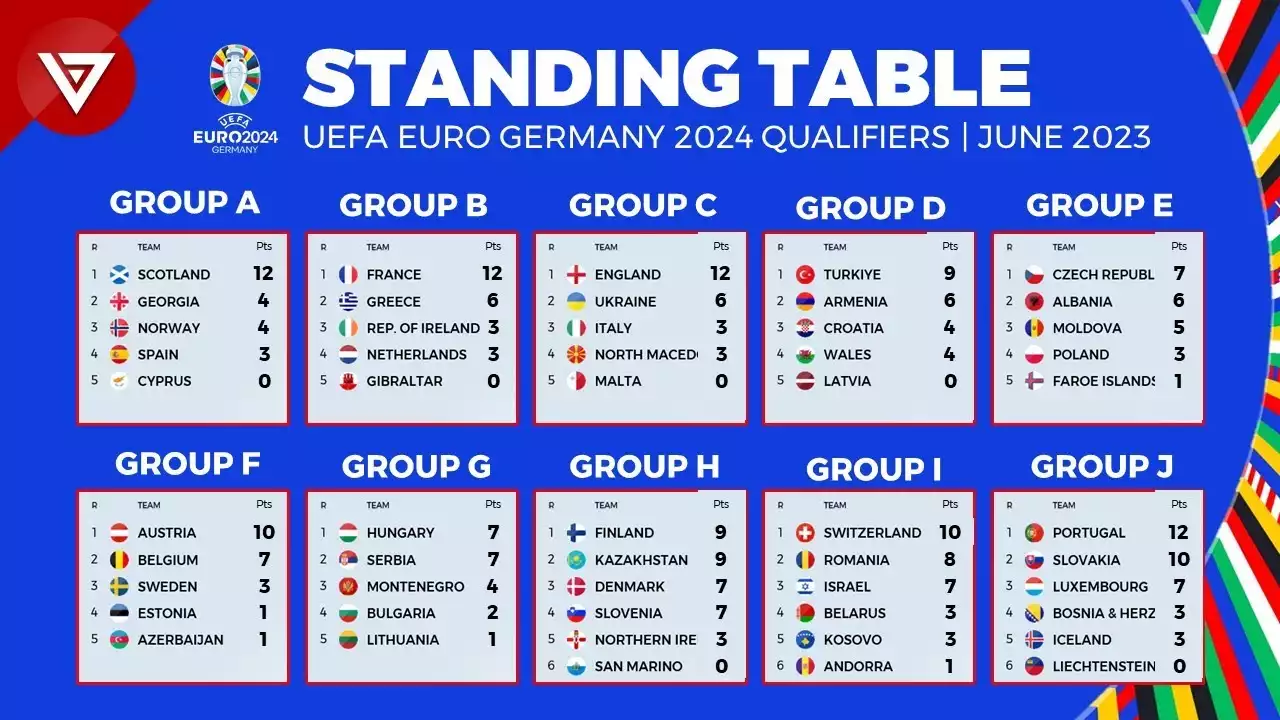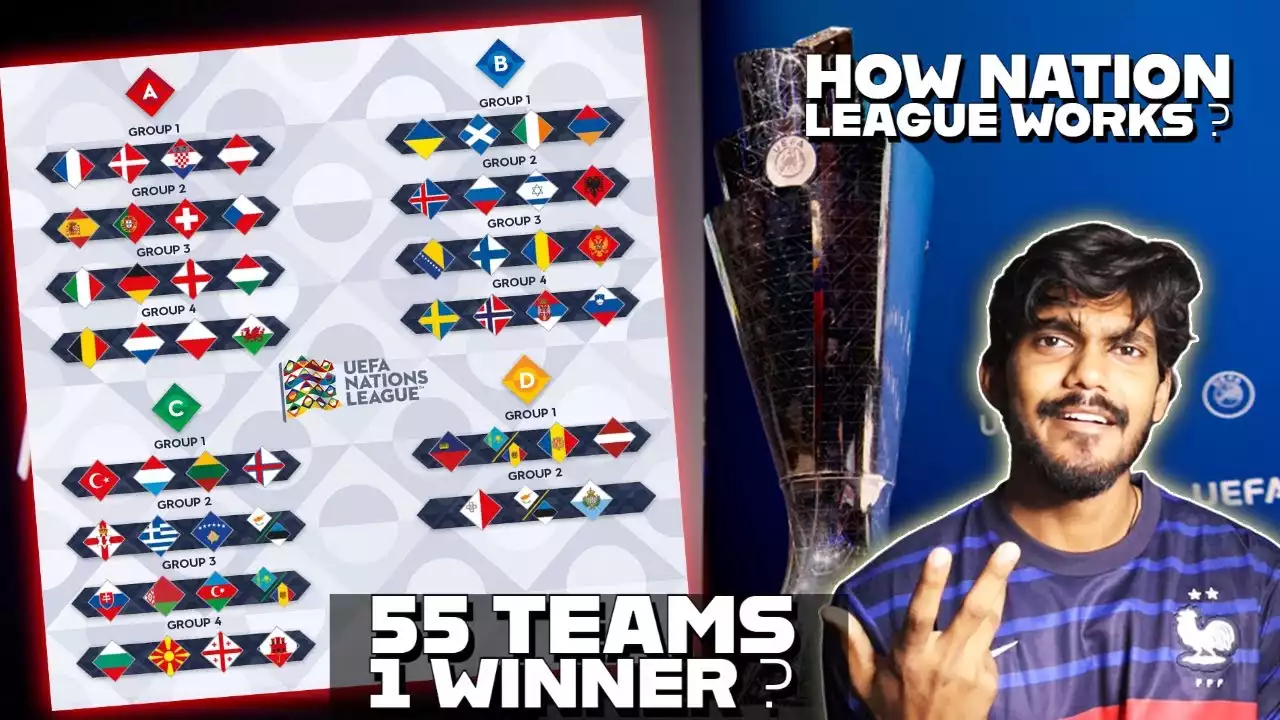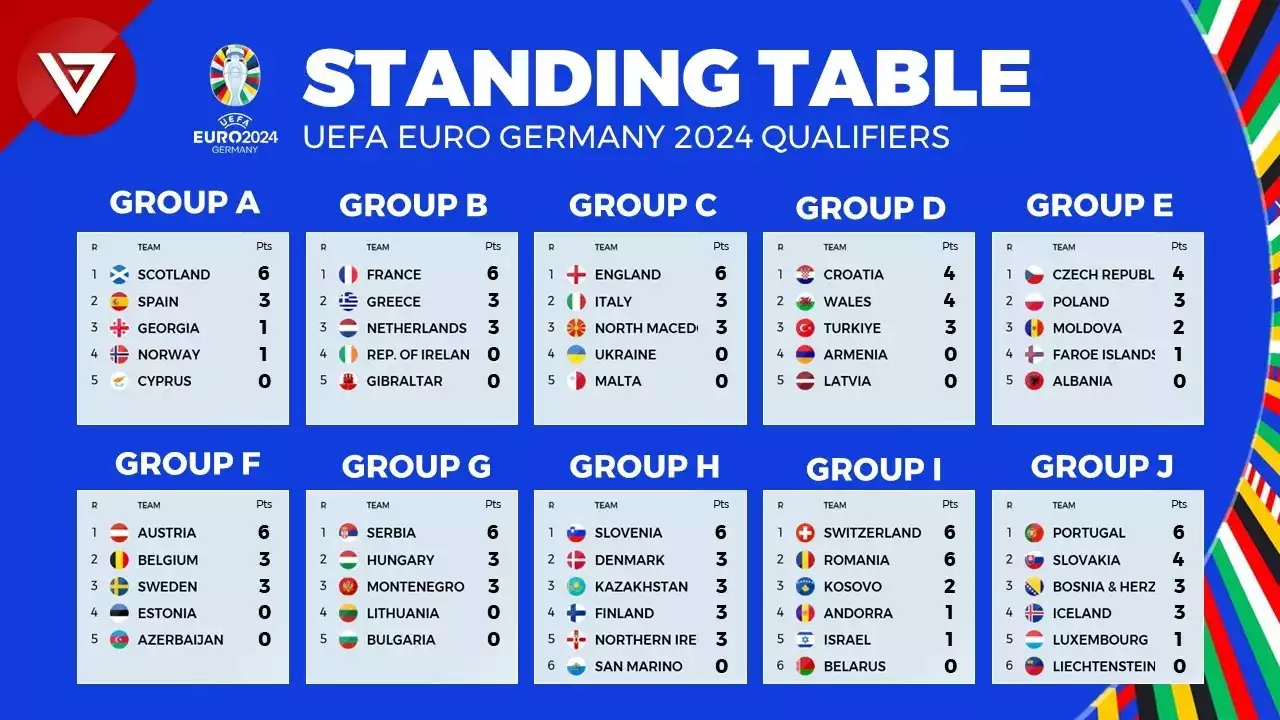The importance of format in promoting competitive balance
The format of a sporting competition plays a crucial role in promoting competitive balance. It determines how teams are matched up against each other, how champions are determined, and how resources are distributed. A well-designed format can create opportunities for underdog teams to compete against stronger opponents and prevent dominance by a select few. On the other hand, a poorly designed format can lead to predictable outcomes and disinterest among fans.
One example of a format that encourages competitive balance is the round-robin tournament. In this format, all teams compete against each other, ensuring that every team has an equal chance to face every other team. This reduces the influence of luck or external factors and allows the best teams to rise to the top. The round-robin format is commonly used in sports such as tennis and golf, where individual performance is crucial.
However, in team sports such as basketball or soccer, the round-robin format may not be practical due to the large number of games required. In such cases, leagues often adopt a combination of regular season matches and playoffs. The regular season allows teams to accumulate points or wins, which determine their seeding for the playoffs. This format ensures that teams with consistent performance throughout the season have a better chance of success, while still allowing for upsets and surprises in the playoffs.
Historical examples of formats that have encouraged competitive balance
Throughout history, various sporting competitions have experimented with different formats to achieve competitive balance. One notable example is the English Football League, which introduced the concept of promotion and relegation in the late 19th century. This format allows teams from lower divisions to earn their way into higher divisions based on their performance, while teams from higher divisions can be demoted if they perform poorly. This system creates a constant cycle of teams moving up and down the divisions, ensuring that talent is spread out and providing opportunities for smaller clubs to compete against the giants.
Another historical example is the introduction of drafts in professional sports leagues. The draft system, first implemented by the National Football League (NFL) in the 1930s, aims to distribute talented players more evenly among teams. The worst-performing teams in the previous season are given the first picks, allowing them to select the most promising players. This system prevents a few dominant teams from hoarding all the top talent and gives struggling teams a chance to rebuild and compete.
Analysis of different league formats and their impact on competitive balance
Different sports leagues around the world have implemented a variety of formats to promote competitive balance. Let's take a closer look at some of these formats and analyze their impact.
One commonly used format is the knockout tournament, where teams compete in a single-elimination format until a champion is crowned. While this format can create excitement and upsets, it may not always ensure true competitive balance. A single bad game or moment of luck can eliminate a strong team from the competition, potentially leading to an undeserving champion. However, knockout tournaments are often used in sports like boxing and mixed martial arts, where the unpredictability adds to the thrill.
Another format used in team sports is the league-based system, where teams compete against each other multiple times throughout a season. The team with the most points or wins at the end of the season is crowned the champion. This format allows for a more comprehensive evaluation of teams' performances over a longer period, reducing the impact of luck or individual games. However, it may also lead to less excitement toward the end of the season if one team dominates from the start.
The role of salary caps and revenue sharing in promoting competitive balance
In addition to the format of the competition, other factors like salary caps and revenue sharing also play a significant role in promoting competitive balance. Salary caps restrict the amount of money a team can spend on player salaries, preventing wealthier teams from simply outspending their rivals to assemble a stronger team. This allows smaller-market teams to compete on a more level playing field and prevents the concentration of talent in a few teams.
Revenue sharing is another mechanism used by leagues to promote competitive balance. It involves redistributing a portion of the revenue generated by the league to all teams, regardless of their market size or success. This ensures that even teams with lower revenues have the resources to invest in player development, facilities, and other aspects necessary for success. By leveling the financial playing field, revenue sharing contributes to competitive balance by reducing the influence of financial disparities.
Case studies of leagues with successful competitive balance strategies
Several sports leagues have successfully implemented strategies to promote competitive balance. One such league is the National Basketball Association (NBA), which combines a regular season and playoffs format with salary caps and revenue sharing. The NBA's structure allows for the accumulation of wins during the regular season, determining the playoff seedings. The playoffs then provide an opportunity for lower-seeded teams to compete against higher-seeded teams, increasing the chances of upsets and ensuring that the best team emerges as the champion.
Another example is the German Bundesliga, where promotion and relegation are integral to the format. The Bundesliga allows teams from the lower divisions to earn their way into the top-tier league based on their performance, while the bottom-ranked teams in the Bundesliga are demoted to lower divisions. This system ensures that talent is spread out among teams and provides opportunities for smaller clubs to challenge the established powerhouses.
Challenges and criticisms of promoting competitive balance through format
While the format of a competition can contribute to competitive balance, there are also challenges and criticisms associated with this approach. One challenge is striking the right balance between competitiveness and fairness. Some fans argue that formats that prioritize competitive balance may undermine the importance of merit and skill. Achieving a delicate equilibrium that rewards both competitiveness and fairness can be a complex task for league officials.
Another criticism of formats promoting competitive balance is that they can lead to mediocrity. Critics argue that by limiting the dominance of top teams, leagues risk diluting the overall quality of play. If every team is on an equal footing, the competition may become less exciting and lack the star power that draws fans. Finding the right balance between competitive balance and maintaining a high level of play is a constant challenge for sports leagues.
Innovations and potential future developments in format for competitive balance
As sports leagues continue to evolve, there are several innovations and potential future developments that could further enhance competitive balance. One area of innovation is the use of advanced analytics and data-driven decision-making. By analyzing player performance, team strategies, and other factors, leagues can identify patterns and trends that can inform changes to the format. This data-driven approach can help leagues create formats that maximize competitiveness and minimize disparities.
Another potential development is the use of technology to enhance the fan experience and increase engagement. Virtual reality, augmented reality, and other advancements can bring fans closer to the action and create a more immersive viewing experience. By enhancing fan engagement, leagues can generate more interest and support for all teams, contributing to competitive balance.
The impact of competitive balance on fan engagement and league profitability
Competitive balance not only influences the dynamics between teams but also has a significant impact on fan engagement and league profitability. Fans are more likely to support their teams and invest their time, money, and emotions in a competition that is perceived as fair and balanced. When every team has a realistic chance of success, fans are more likely to remain interested throughout the season and attend games or watch broadcasts, leading to increased revenue for the league.
On the other hand, a lack of competitive balance can lead to fan apathy and decreased attendance or viewership. If fans perceive that a few teams always have an advantage and their favorite team has no realistic chance of winning, they may lose interest and seek entertainment elsewhere. This can have a detrimental effect on the league's profitability, as sponsors, broadcasters, and advertisers may also lose interest if fan engagement declines.










